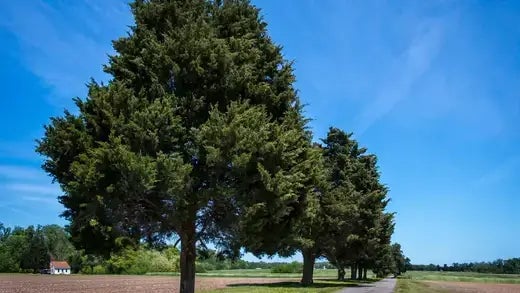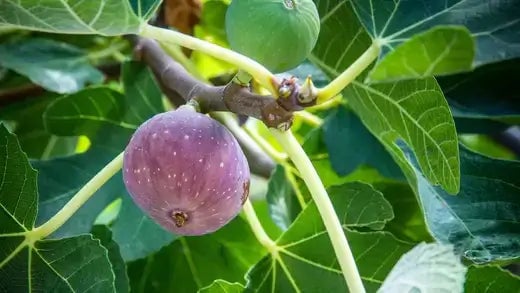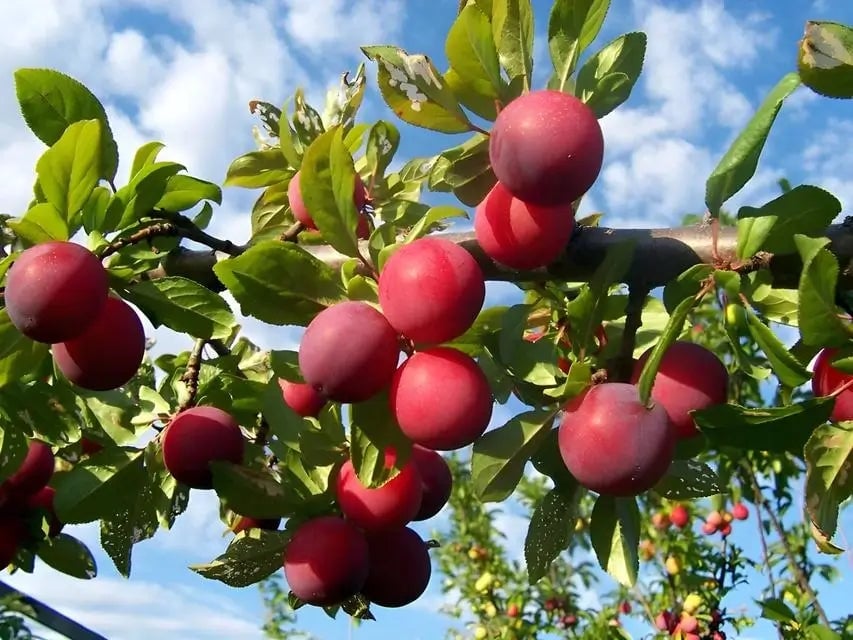The Fig Tree is an unusual tree that bears fruit that is delicious and is used in many different ways for many different recipes.
This fruiting tree is considered nearly trouble-free, and it goes very well in zones 8 to 10 and colder areas if you give the tree proper winter protection.
There are two hundred kinds of fig trees that grow in North America. They each feature a broad range of fruit shapes and colors.
When choosing a fig tree, selecting a variety adaptable to your climate is essential. If you are in a colder area than Brown Turkey, Chicago or Celeste will be a perfect choice for your yard. This tree is self-pollinating.
When planting a fig tree, plant it as you would any other young tree. Figs need a sunny spot in your yard where it is protected from winter winds. Be sure to place mulch and compost around the base of the tree. Water it about an inch below the surface as the soil becomes dry. If small branches begin to sprout at the bottom of the trunk, called Suckers begin to appear, they take a shovel and pop them off.
Once you have mature fig fruit on your tree, you can use the fruit in many ways. It can be eaten by itself, cut up in a cold or warm salad, or you can even bake with it.
Other trees similar to Fig trees :
Pawpaw Tree
Source of Information on Fig Trees
Read more

Landscaping has become an essential aspect of home and property owners. It is one of the principal ways you can add real value to your property. Landscaping trees are among the most common elements...

The Red Cedar Tree is a beautiful tree native to the United States. It grows best in climate zones four through nine and grows best in full sunlight environments. They can grow anywhere from forty ...




